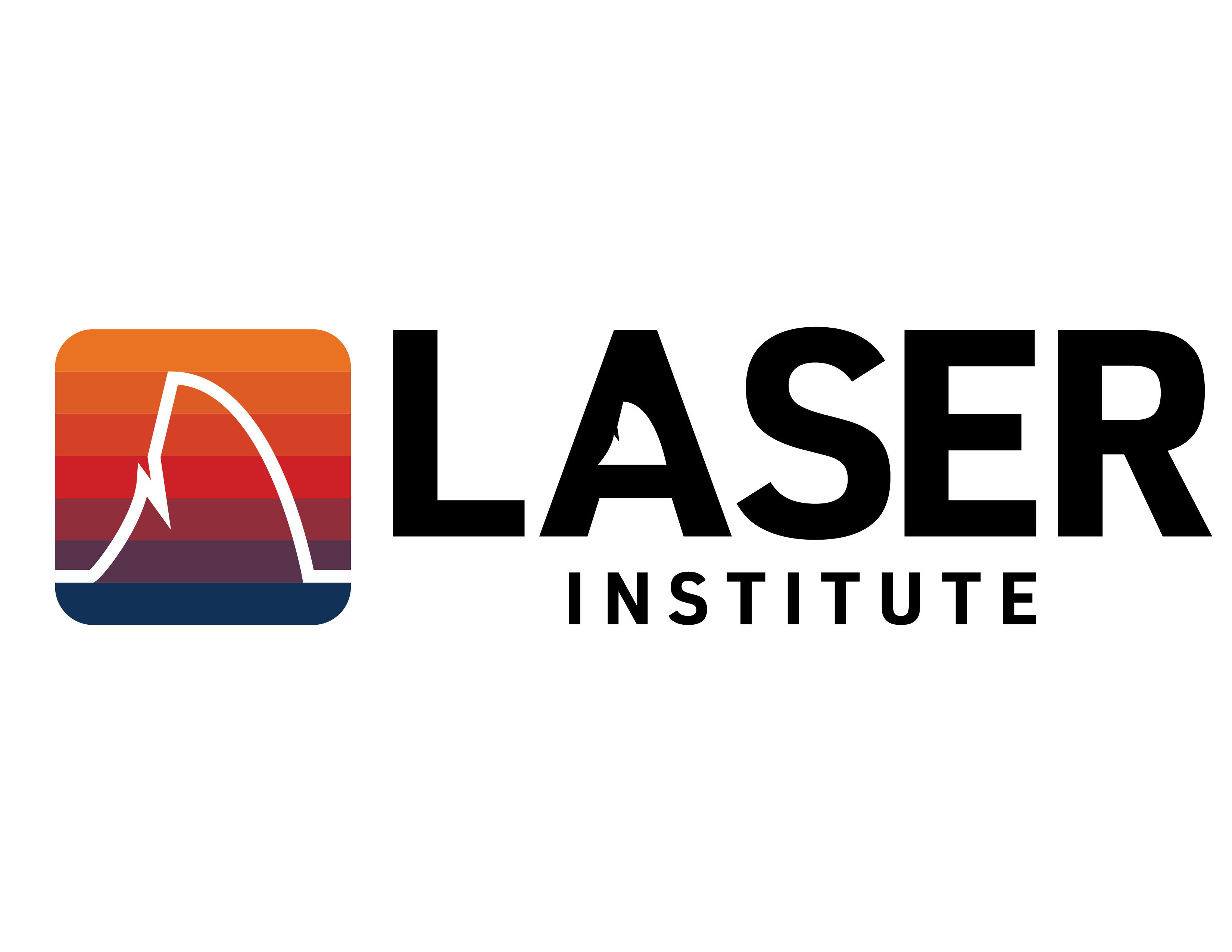!pip install nltk gensim matplotlib pyLDAvis
import pandas as pd
import nltk
import gensim
import matplotlib.pyplot as plt
import pyLDAvisRequirement already satisfied: nltk in /opt/anaconda3/lib/python3.11/site-packages (3.8.1)
Requirement already satisfied: gensim in /opt/anaconda3/lib/python3.11/site-packages (4.3.0)
Requirement already satisfied: matplotlib in /opt/anaconda3/lib/python3.11/site-packages (3.8.0)
Requirement already satisfied: pyLDAvis in /opt/anaconda3/lib/python3.11/site-packages (3.4.1)
Requirement already satisfied: click in /opt/anaconda3/lib/python3.11/site-packages (from nltk) (8.1.7)
Requirement already satisfied: joblib in /opt/anaconda3/lib/python3.11/site-packages (from nltk) (1.2.0)
Requirement already satisfied: regex>=2021.8.3 in /opt/anaconda3/lib/python3.11/site-packages (from nltk) (2023.10.3)
Requirement already satisfied: tqdm in /opt/anaconda3/lib/python3.11/site-packages (from nltk) (4.65.0)
Requirement already satisfied: numpy>=1.18.5 in /opt/anaconda3/lib/python3.11/site-packages (from gensim) (1.26.4)
Requirement already satisfied: scipy>=1.7.0 in /opt/anaconda3/lib/python3.11/site-packages (from gensim) (1.11.4)
Requirement already satisfied: smart-open>=1.8.1 in /opt/anaconda3/lib/python3.11/site-packages (from gensim) (5.2.1)
Requirement already satisfied: FuzzyTM>=0.4.0 in /opt/anaconda3/lib/python3.11/site-packages (from gensim) (2.0.9)
Requirement already satisfied: contourpy>=1.0.1 in /opt/anaconda3/lib/python3.11/site-packages (from matplotlib) (1.2.0)
Requirement already satisfied: cycler>=0.10 in /opt/anaconda3/lib/python3.11/site-packages (from matplotlib) (0.11.0)
Requirement already satisfied: fonttools>=4.22.0 in /opt/anaconda3/lib/python3.11/site-packages (from matplotlib) (4.25.0)
Requirement already satisfied: kiwisolver>=1.0.1 in /opt/anaconda3/lib/python3.11/site-packages (from matplotlib) (1.4.4)
Requirement already satisfied: packaging>=20.0 in /opt/anaconda3/lib/python3.11/site-packages (from matplotlib) (23.1)
Requirement already satisfied: pillow>=6.2.0 in /opt/anaconda3/lib/python3.11/site-packages (from matplotlib) (10.2.0)
Requirement already satisfied: pyparsing>=2.3.1 in /opt/anaconda3/lib/python3.11/site-packages (from matplotlib) (3.0.9)
Requirement already satisfied: python-dateutil>=2.7 in /opt/anaconda3/lib/python3.11/site-packages (from matplotlib) (2.8.2)
Requirement already satisfied: pandas>=2.0.0 in /opt/anaconda3/lib/python3.11/site-packages (from pyLDAvis) (2.1.4)
Requirement already satisfied: jinja2 in /opt/anaconda3/lib/python3.11/site-packages (from pyLDAvis) (3.1.3)
Requirement already satisfied: numexpr in /opt/anaconda3/lib/python3.11/site-packages (from pyLDAvis) (2.8.7)
Requirement already satisfied: funcy in /opt/anaconda3/lib/python3.11/site-packages (from pyLDAvis) (2.0)
Requirement already satisfied: scikit-learn>=1.0.0 in /opt/anaconda3/lib/python3.11/site-packages (from pyLDAvis) (1.2.2)
Requirement already satisfied: setuptools in /opt/anaconda3/lib/python3.11/site-packages (from pyLDAvis) (68.2.2)
Requirement already satisfied: pyfume in /opt/anaconda3/lib/python3.11/site-packages (from FuzzyTM>=0.4.0->gensim) (0.3.1)
Requirement already satisfied: pytz>=2020.1 in /opt/anaconda3/lib/python3.11/site-packages (from pandas>=2.0.0->pyLDAvis) (2023.3.post1)
Requirement already satisfied: tzdata>=2022.1 in /opt/anaconda3/lib/python3.11/site-packages (from pandas>=2.0.0->pyLDAvis) (2023.3)
Requirement already satisfied: six>=1.5 in /opt/anaconda3/lib/python3.11/site-packages (from python-dateutil>=2.7->matplotlib) (1.16.0)
Requirement already satisfied: threadpoolctl>=2.0.0 in /opt/anaconda3/lib/python3.11/site-packages (from scikit-learn>=1.0.0->pyLDAvis) (2.2.0)
Requirement already satisfied: MarkupSafe>=2.0 in /opt/anaconda3/lib/python3.11/site-packages (from jinja2->pyLDAvis) (2.1.3)
Requirement already satisfied: simpful in /opt/anaconda3/lib/python3.11/site-packages (from pyfume->FuzzyTM>=0.4.0->gensim) (2.12.0)
Requirement already satisfied: fst-pso in /opt/anaconda3/lib/python3.11/site-packages (from pyfume->FuzzyTM>=0.4.0->gensim) (1.8.1)
Requirement already satisfied: typing-extensions in /opt/anaconda3/lib/python3.11/site-packages (from pyfume->FuzzyTM>=0.4.0->gensim) (4.9.0)
Requirement already satisfied: miniful in /opt/anaconda3/lib/python3.11/site-packages (from fst-pso->pyfume->FuzzyTM>=0.4.0->gensim) (0.0.6)
